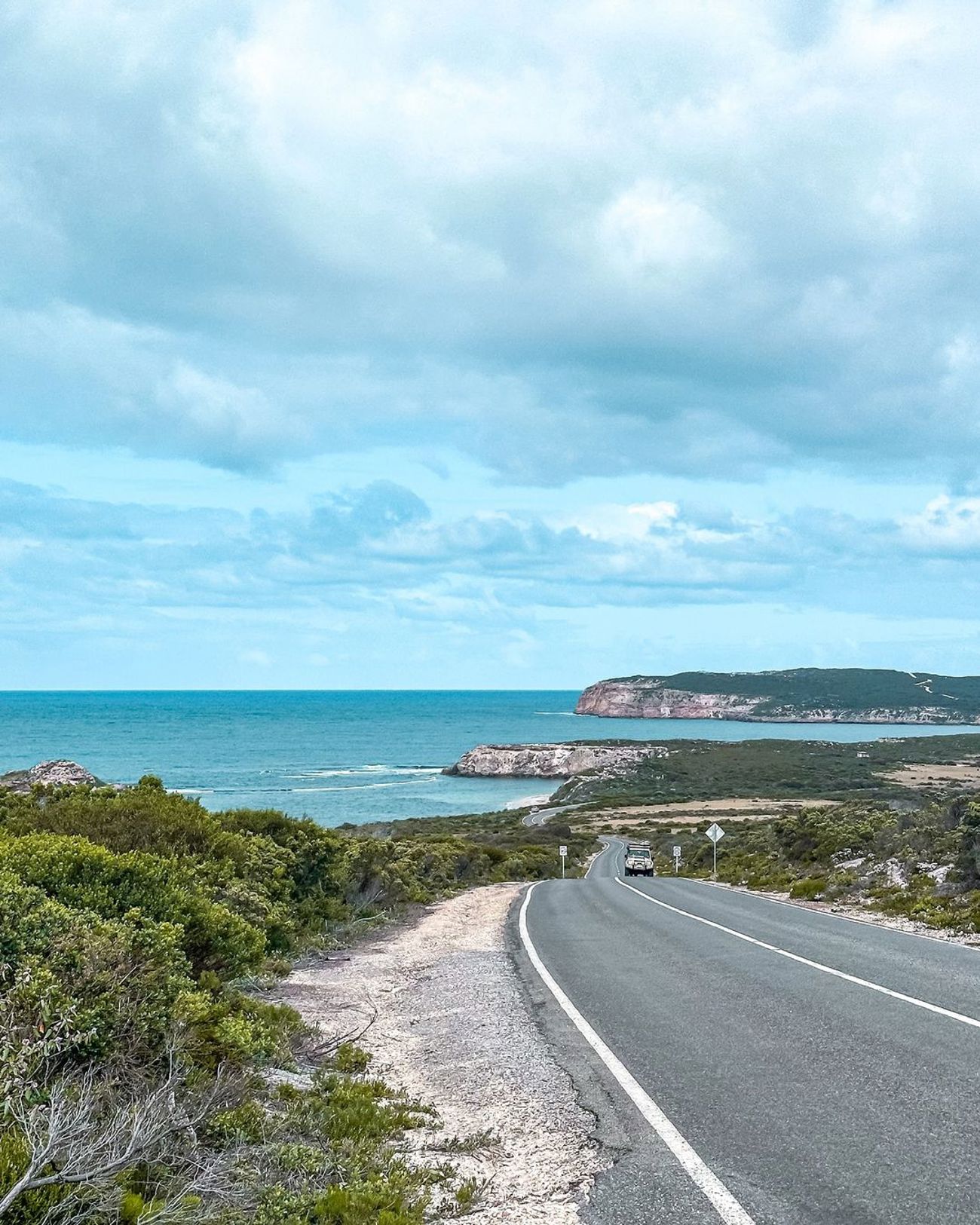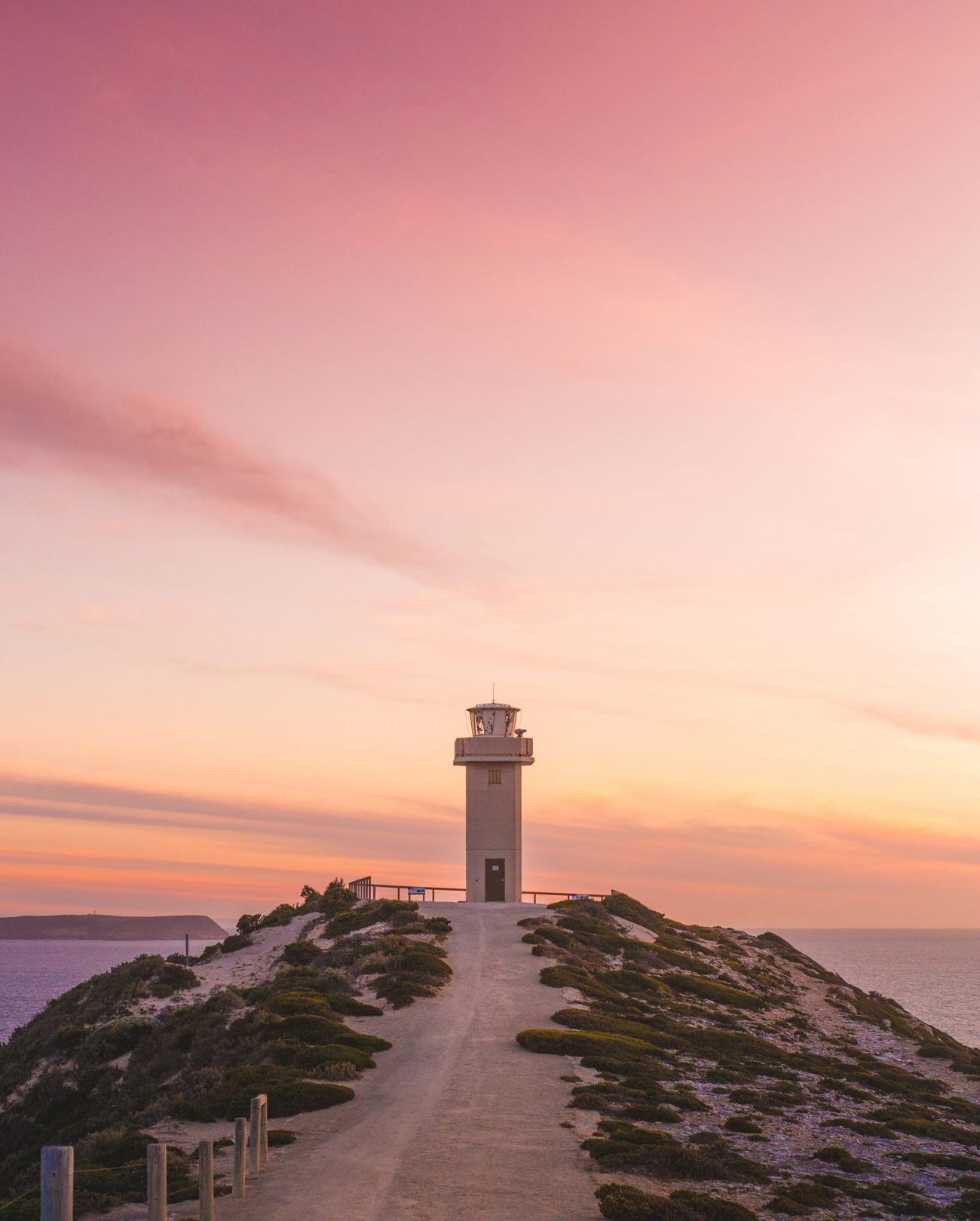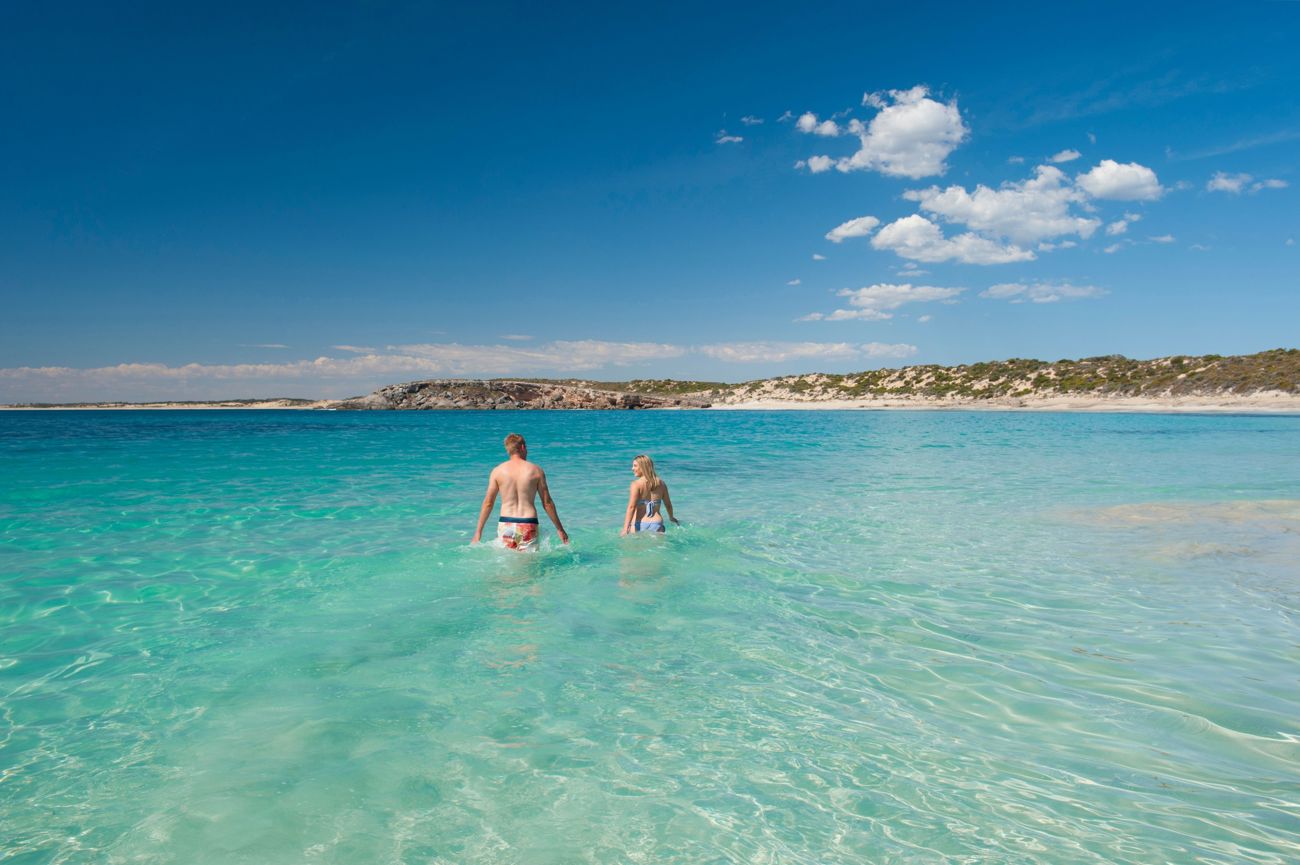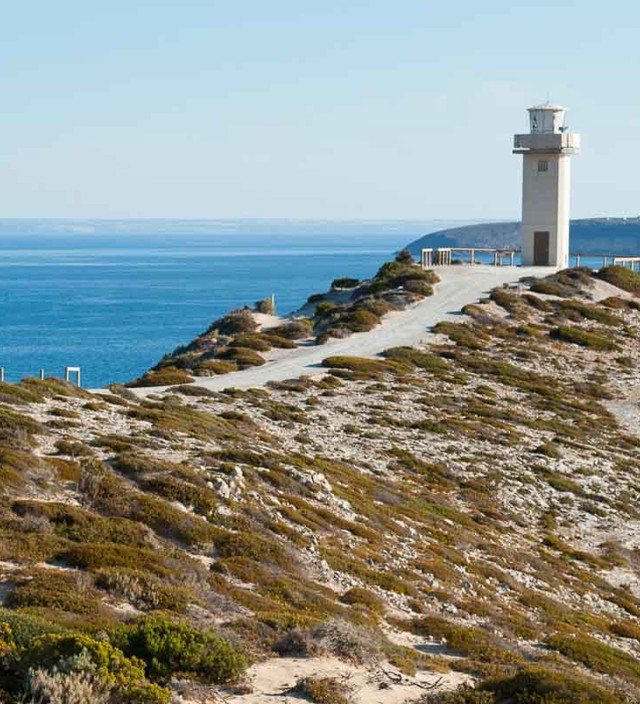Dhilba Guuranda-Innes National Park is one of South Australia’s most breathtaking destinations.
With rugged coastlines, historic landmarks, and pristine beaches, it’s a must-visit for nature lovers and adventurers alike.
Important Note: To visit the park, you’ll need to purchase an entry permit, which can be arranged online here or at the Visitor Information Centre. Make sure you’ve got yours sorted before heading out!
With so many incredible stops throughout the park, it can be hard to know where to begin. To make your visit easier, we’ve highlighted a few must-see spots to help you plan the perfect day. Whether you're a first-time visitor or returning for more, this itinerary will ensure you don’t miss the park’s standout experiences.
But first, coffee!
Begin your adventure with a barista-made coffee at Studio Surf in Marion Bay. While you sip your caffeine fix, browse the gallery showcasing local art and photography. Before leaving Marion Bay, pop into the Marion Bay General Store to stock up on picnic supplies. This will be the last food stop before you enter Dhilba Guuranda-Innes National Park so make sure you have everything you need for the day.

Get your maps and make your plans at the Visitor Information Centre
As you drive into the park, make a quick stop at the Visitor Information Centre. Here, you can grab a map, chat with friendly staff, and plan out your day with all the insider tips you need.
Stop 1: Step into history at Stenhouse Bay
Your first stop is Stenhouse Bay, steeped in history and coastal charm. Once Australia’s leading supplier of gypsum, the heritage-listed jetty and remnants of mining equipment are fascinating reminders of its industrious past. For stunning coastal views, the Stenhouse Bay Lookout Walk offers nine lookout points along a clifftop trail starting from the jetty car park.

Stop 2: Strike a pose at Chinaman’s Hill
No trip to Dhilba Guuranda-Innes National Park is complete without snapping a photo at Chinaman’s Hill. This scenic lookout is perfect for capturing the beauty of the peninsula. Remember to pull over safely and watch out for passing cars.

Stop 3: Let the lighthouse guide you at Cape Spencer
Next, head to Cape Spencer Lighthouse, where a short walk from the car park leads to some of the most spectacular ocean views in the park. If you can come back for a sunset here, you won't regret it.

Stop 4: Get shipwrecked at Ethel Beach
Step back in time at Ethel Beach, home to the hauntingly beautiful Ethel Wreck. This 1904 shipwreck is visible at low tide, offering a glimpse into South Australia’s maritime history.
Stop 5: Lunch with a view at West Cape
Get your picnic goodies ready and head to West Cape, where you’ll find one of the park’s most serene picnic spots overlooking Pondalowie Bay. With endless stretches of white sand and dramatic views, this area is a photographer’s paradise. The West Cape Lighthouse Walk provides incredible vantage points and a closer look at the unique stainless-steel lighthouse.

Stop 6: Surf, stroll or simply chill out at Pondalowie Bay
After lunch, head to Pondalowie Bay, a hub for surfers and beachgoers alike. Take a relaxing stroll along the boardwalk, which leads to another picture-perfect beach. The charming fishing shacks nearby add to the coastal vibe, making this spot ideal for both adventure and relaxation.

Stop 7: Take a hike at Royston Head
If you fancy a hike, Royston Head Hike is a scenic 4 kilometre trail that offers breathtaking coastal views and a chance to encounter local wildlife. Keep your eyes peeled for kangaroos and emus, and listen closely to the sounds of nature around you. When you arrive at the Royston Head lookout point, you’ll be rewarded with a tranquil view of the beach below. While this hike has a little bit of everything, there’s limited shade along the way, so it’s best suited for cooler days.

Stop 8: Take a dip in the crystal clears waters at Dolphin Beach
Prepare to be amazed by the beauty of Dolphin Beach. This spot is a visitor favourite and it's not hard to see why. With soft white sands, clear tranquil waters and hidden coves, it feels like a slice of tropical paradise. Perfect for swimming, fishing or simply relaxing in nature, it’s also a place where dolphins are often seen playing close to shore, living up to its name.

Stop 9: Explore hidden rockpools at Shell Beach
While swimming isn't recommended at Shell Beach, it's a great spot to explore. Pack your reef shoes and go find the nearby hidden rockpools.
Stop 10: Cast a line in at Browns Beach
Wrap up your day at Browns Beach, the final beach accessible by road in the park. It's a spot known for its beach fishing, with anglers mainly looking for salmon and mullet.

Essential tips for your visit
- Pack a picnic
Stop by the Marion Bay General Store before heading out to stock up on food and drinks for the day. Please be aware that there are no food stops within Dhilba Guuranda-Innes National Park. - Swim safely
Beaches are unpatrolled, and many have strong rips and swells. Always exercise caution and follow safety signs. - Respect nature
Stay on trails, take your rubbish with you, and leave the park as you found it to preserve its beauty. - Be snake aware
During warmer months, stick to marked trails and wear sturdy footwear. If you see a snake, keep calm and let it move away. - Leave your drone at home
To protect wildlife and maintain the park’s tranquility, drones are not allowed in Dhilba Guuranda-Innes National Park. - No pets allowed
Pets are not permitted in Dhilba Guuranda-Innes National Park. However, there is a dog sitting service in Marion Bay called Big Nose Australia that can look after your pooch while you explore the park.
- Purchase a permit
Entry permits are required and can be purchased online here or at the Visitor Information Centre. - Stay overnight
Extend your adventure with camping options available within the park. Find out more details here.

